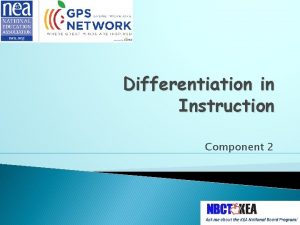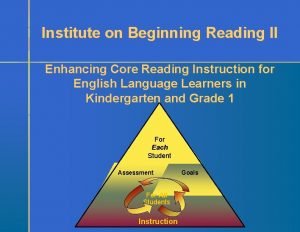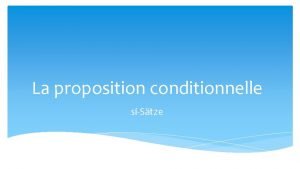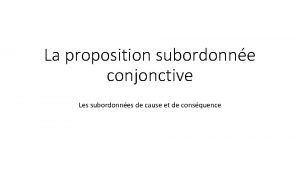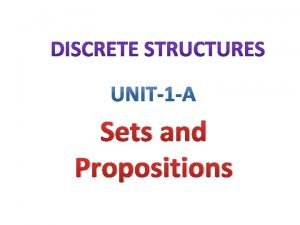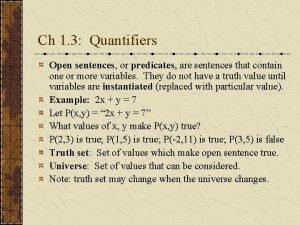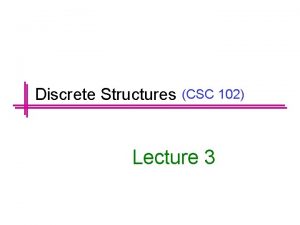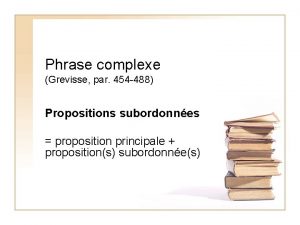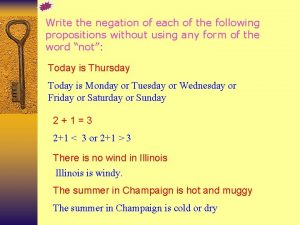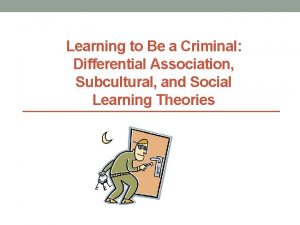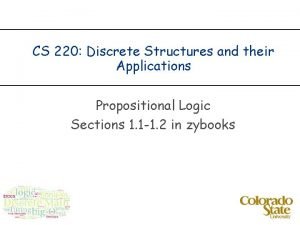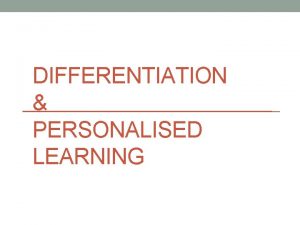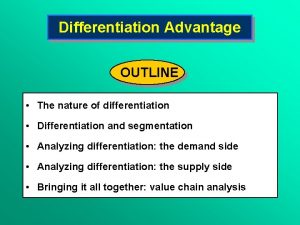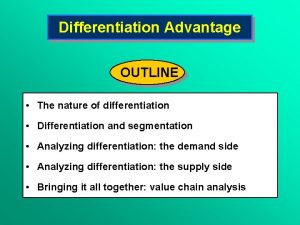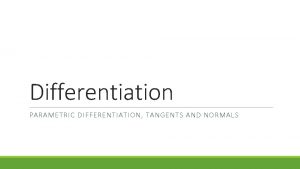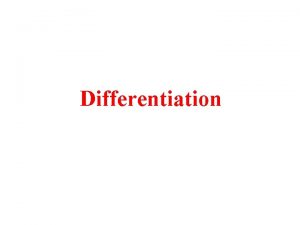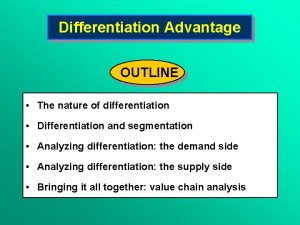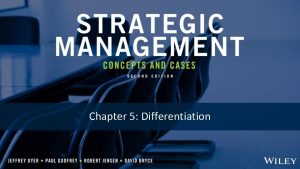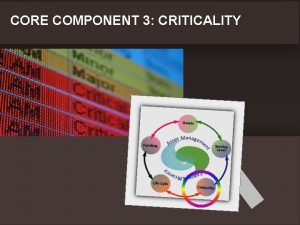Differentiation in Instruction Component 2 5 Core Propositions














- Slides: 14

Differentiation in Instruction Component 2

5 Core Propositions #1 Teachers are committed to students and their learning. ✴ ✴ #2 Teachers know the subjects they teach and how to teach those subjects to students. ✴ #3 Teachers are responsible for managing and monitoring student learning. #4 Teachers think systematically about their practice and learn from experience. ✴ ✴ #5 Teachers are members of learning communities.

What is Component 2? Differentiation of Instruction � This classroom-based portfolio entry is primarily comprised of samples of student work and an accompanying written commentary. � You will submit selected work samples that demonstrate the students’ growth over time and a written commentary that analyzes your instructional choices.

Standards and Scoring Rubrics � How to use your standards to your advantage: � Example: Chunk the strong verbs to use in your writing � Example: Knowledge of Students (KOS) Standard Highlighting Activity ◦ What do you already do in this standard? (1 st color) ◦ What do you sometimes do? (2 nd color) ◦ What do you never do? (3 rd color) This activity will help you to decide at a glance, areas of strength and areas for improvement. ** Don’t forget to make yourself a key for which color is which category.

Standards Helpful Hint � When writing, use the language of the standards—ex: An accomplished teacher -verb. � Each standard describes what an accomplished teacher does in their classroom. � Make certain in your writing, you exemplify your accomplished teaching as it pertains to your students and the standards.

Scoring Rubrics ◦ Scoring Rubrics may help you to self-assess or help a peer reviewer to give constructive feedback. ◦ Indicator analysis of rubric levels (1, 2, 3, 4) ◦ Possible activity: Create T-Chart to compare level 3 to level 4 (summarize)—this will help you to maintain focus ◦ Your writing must be Clear, Consistent, and Convincing!

What is Student Growth? � According to the US Department of Ed, Student Growth is: � the change in student achievement data for an individual student between two or more points in time. � Growth may be measured by a variety of approaches

What does this mean for my entry? � Component 2 requires the candidate to provide evidence that student growth (learning) occurred as a direct result of the candidate’s accomplished teaching.

Making Good Choices � In your Component 2 directions: � Read the section on “Choosing Student Work Samples” (ENS – Selecting Question and Assessment Tool(s) Documents) (Art Assembling Student Storyboards) � This information will get you started making selections as to what student work samples to use.

Analyzing Student Work � NEA has provided a tool to use to analyze student work—located in the Graphic Organizer section of Resources of the Kentucky NBCT group. � Some work: Questions to consider when looking at student ◦ What feedback would you give this student? ◦ Next steps? ◦ Reflect and connect to AAT ◦ “How does this plan reflect equity? ”

Analyzing Student Work Tool The exercise asks questions to guide your analysis of a student work sample allowing you to make informed decisions about the quality of a work sample.

QUESTIONS?

Kentucky NBCT Group � The Kentucky NBCT Group is found on NEA’s GPS network. � It is free to all teachers. � To join, go to: http: //nbct. groups. gpsnetwork. org

KY Contacts � Western KY Coordinator crystal. culp@mccracken. kyschools. us � GPS KY NBCT facilitators: ◦ Pennye. rogers@todd. kyschools. us ◦ Natalie. mccutchen@simpson. kyschools. us
 5 core propositions
5 core propositions Site:slidetodoc.com
Site:slidetodoc.com Differentiated instruction vs individualized instruction
Differentiated instruction vs individualized instruction Enhanced core reading instruction
Enhanced core reading instruction Proposition conditionnelle
Proposition conditionnelle Qu'est ce qu'une proposition principale
Qu'est ce qu'une proposition principale Sets and propositions
Sets and propositions Open propositions and quantifiers
Open propositions and quantifiers Conditional proposition example
Conditional proposition example Proposition subordonnée participiale
Proposition subordonnée participiale What is the negation of each of these propositions
What is the negation of each of these propositions Single-minded proposition example
Single-minded proposition example 19 propositions rogers
19 propositions rogers Criticism of differential association theory
Criticism of differential association theory P v r truth table
P v r truth table
